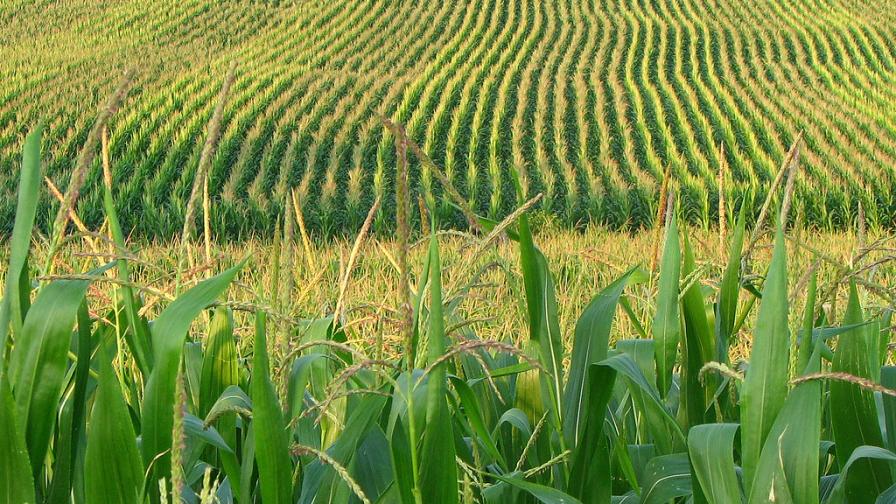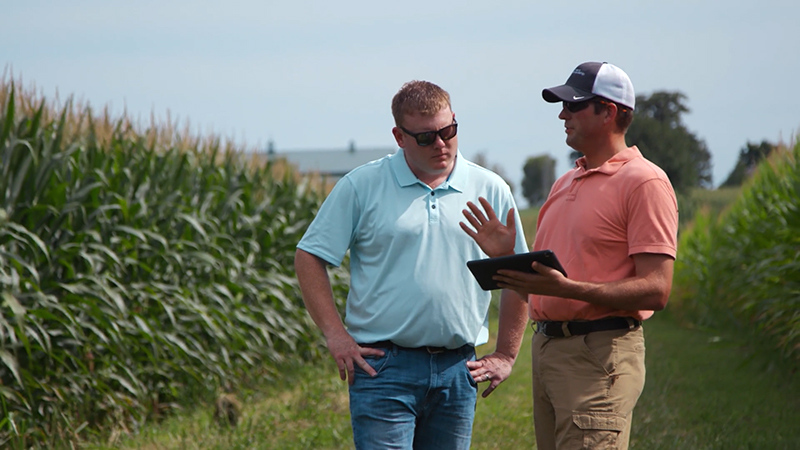Farm Economy In The Balance
All farmers rely on our products to produce food, feed, and now fuel, with corn being the nation’s largest fertilizer consuming crop. Since the introduction of the American Clean Energy and Security Act of 2009 (H.R. 2454) in the House, The Fertilizer Institute (TFI) has been expressing serious concerns with the impact of this legislation on the fertilizer industry, its farmer customers, and the U.S. food supply. The nation’s retail dealers should be particularly concerned with the devastating impact that a cap and trade climate policy could have on the U.S. economy, particularly on their farmer customers’ pocketbooks.
While we are most proud of our role in feeding people, we also grow healthy local economies. A new study conducted for TFI by Charles River Associates (CRA) finds that the fertilizer industry contributes $57.8 billion dollars to the U.S. economy and supports more than 244,000 jobs nationwide. According to the CRA report, the average compensation of the 24,000 employees in the fertilizer manufacturing sector is 78 percent higher than the average U.S. worker’s compensation. These jobs help local economies flourish and are often the best employment opportunities in the mostly rural communities that they support.
Fertilizer blending was also identified as a significant contributor to economic activity with an annual contribution of $13.5 billion in output and more than 56,000 jobs. According to CRA, the economic activity in the fertilizer mixing sector is more disperse than in the nitrogen and phosphate manufacturing sectors. This is because the economic activity is not concentrated in large plants but instead in an estimated 6,000 fertilizer mixing facilities that are located near cropland where fertilizers are consumed. The top states with economic contributions to the fertilizer mixing sector are Indiana, Florida, Texas, California, and Ohio.
As CropLife magazine readers are aware, we use natural gas as a feedstock in a fixed chemical process that combines nitrogen from the air and hydrogen from the gas to produce nitrogen fertilizer, in a form that the plant can take up. Unless the laws of chemistry change, there is nothing we can do to alter this process and, consequently, as much as 90 percent of the cost of producing a ton of ammonia, the building block for all other nitrogen fertilizers, can be tied directly to the price of natural gas. In 2008, the nitrogen fertilizer industry spent $3 billion on natural gas. Each $3 per one million BTU increase in the cost of natural gas raises nitrogen fertilizer production costs by over $1 billion. These are not costs we can pass on to our customers as our industry is a price taker in the global fertilizer market.
Currently, only 30 nitrogen plants are still operating in the United States, and over 55 percent of the U.S. farmers’ nitrogen fertilizer is imported. Of this imported fertilizer, 82.7 percent comes from countries without climate change policies in place to regulate carbon, and a majority of these countries are those from which we are striving for energy independence.
The Threat To Agriculture
The challenge for us today is to produce more food on limited arable resources. In fact, the Food and Agriculture Organization has indicated that agriculture must increase food production by 50 percent by the year 2025 and double it by 2050. If a cap-and-trade system is enacted in the US, it is imperative that American farmers are able to partially offset these additional crop production costs. Farmers should get credit for their very important role in the reduction of climate change related emissions. However, it is equally important that farmers aren’t burdened with significantly increased input costs that would far exceed any offset credits they receive under the bill.
It is also crucial that the language regarding commercial fertilizer in the House passed bill be revised in the Senate bill. TFI is extremely disturbed that the House-passed version of the bill incentivizes several agricultural practices that likely will have little impact on reducing GHGs and in some cases may increase GHG emissions. We urge the Senate to act quickly to ensure that science is the basis for any grower incentives. GHG emissions can come from all types of nitrogen sources applied to the soil, regardless of whether these are applied as commercial fertilizer or manure.






